Humans have made several important discoveries through archaeology. Over the years, we’ve found cities preserved in volcanic ash, tombs of kings, prehistoric paintings … and beans. The latter may seem a little less impressive, but it can still teach us about the past. It turns out, thanks to a 2015 discovery in northern Israel, we know we’ve been eating fava beans for at least 10,000 years since the Neolithic. In fact, by the late 1400s, in Europe, fava beans were probably the only beans eaten by humans for centuries.
But fava beans are outdated—what was good enough for our ancestors is still good enough for us today. Fava beans are nutritious, versatile and easy to cook with. Here’s everything you need to know about one of the world’s oldest domesticated pulses, including their role in nutrition and food technology.
What are fava beans?
Fava beans are green beans that grow in pods Addicted fabas Plants. They are often referred to as broad beans, but although they are the same species, the two are slightly different. Fava beans are small and harvested when fully mature and dry. Broad beans, however, are larger and are often harvested when they are fresh. Although they are eaten all over the world, fava beans are especially popular in Mediterranean and Middle Eastern countries. For example, one of the traditional dishes of Egypt, Full mudammasRefers to fava beans served with herbs and spices in a metal jug.
Fava Bean Nutrition
Unless you suffer from favism (a genetic allergy), fava beans are an incredibly healthy addition to your diet. They’re rich in protein (a 100-gram serving has about 13 grams of protein), plus they’re a good source of fiber, as well as nutrients like copper, folate, manganese, iron and potassium. They also contain compounds that can help increase antioxidant activity in the body.
Uses fava beans
Fava beans can be used in a variety of ways. They can form the base of dips, stews, soups and even falafel. While Moroccan recipes often call for chickpeas to make the popular North African and Middle Eastern snack, in Egypt, fava beans are the star of the show. But their possibilities don’t end there. Here, we’ve collected a few of our favorite recipes that demonstrate just how versatile fava beans are. But first, here are some unique ways brands are using fava beans to create alternatives to traditional animal-based foods like eggs, ice cream, and cheese.
Products containing fava beans
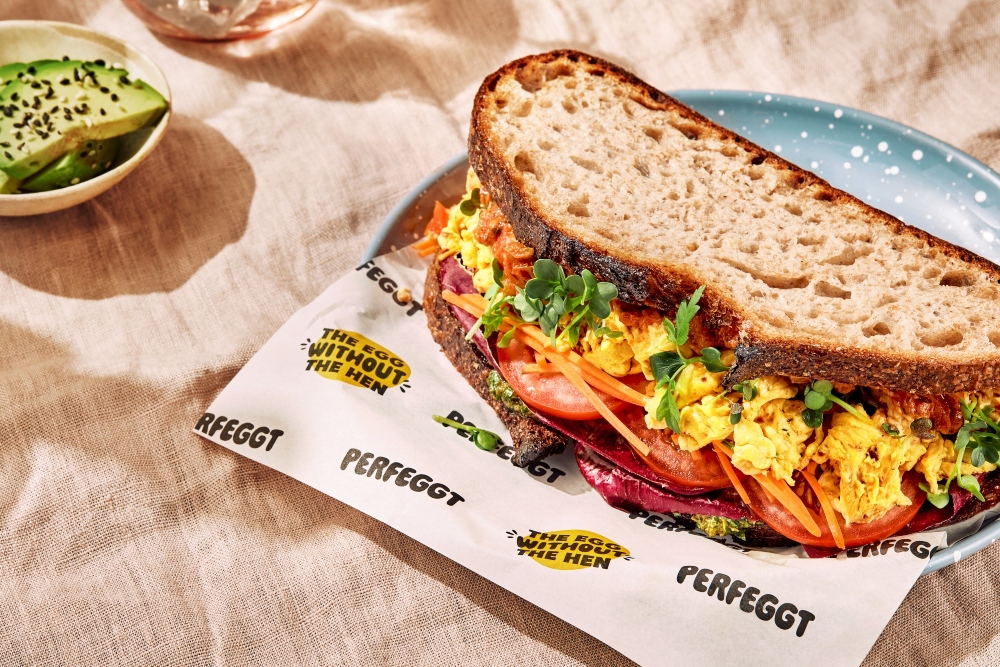 perfect
perfect
1 Perfeggt liquid eggs
In Germany, food-technology brand Perfeggt has been working since 2021 to create a vegan liquid egg substitute with fava beans. And last year, it launched its creation, which can shake like chicken eggs in a few restaurants in Berlin, and plans to keep it expanding. According to the brand, its vegan eggs are not only good for the animals, but also good for the planet, as they use far fewer resources than chicken farming and emit 85 percent fewer greenhouse gases. “We are convinced that it is time to rethink eggs as part of our daily diet with plant-based protein and data-driven technology,” said Tanja Bogumil, CEO of the brand in 2021.
look at it
 Hello top
Hello top
2 Hello Top Ice Cream
Halo Top has been in the ice cream game since 2012 But in 2020, it decided to even out its non-dairy range by revamping the recipe to include fava bean protein. According to the brand, the resulting texture is creamier and softer than previously used brown rice protein. The brand’s vegan flavors, which are made with coconut milk, include Chocolate Chip Cookie Dough, Peanut Butter Cup and Sea Salt Caramel.
look at it
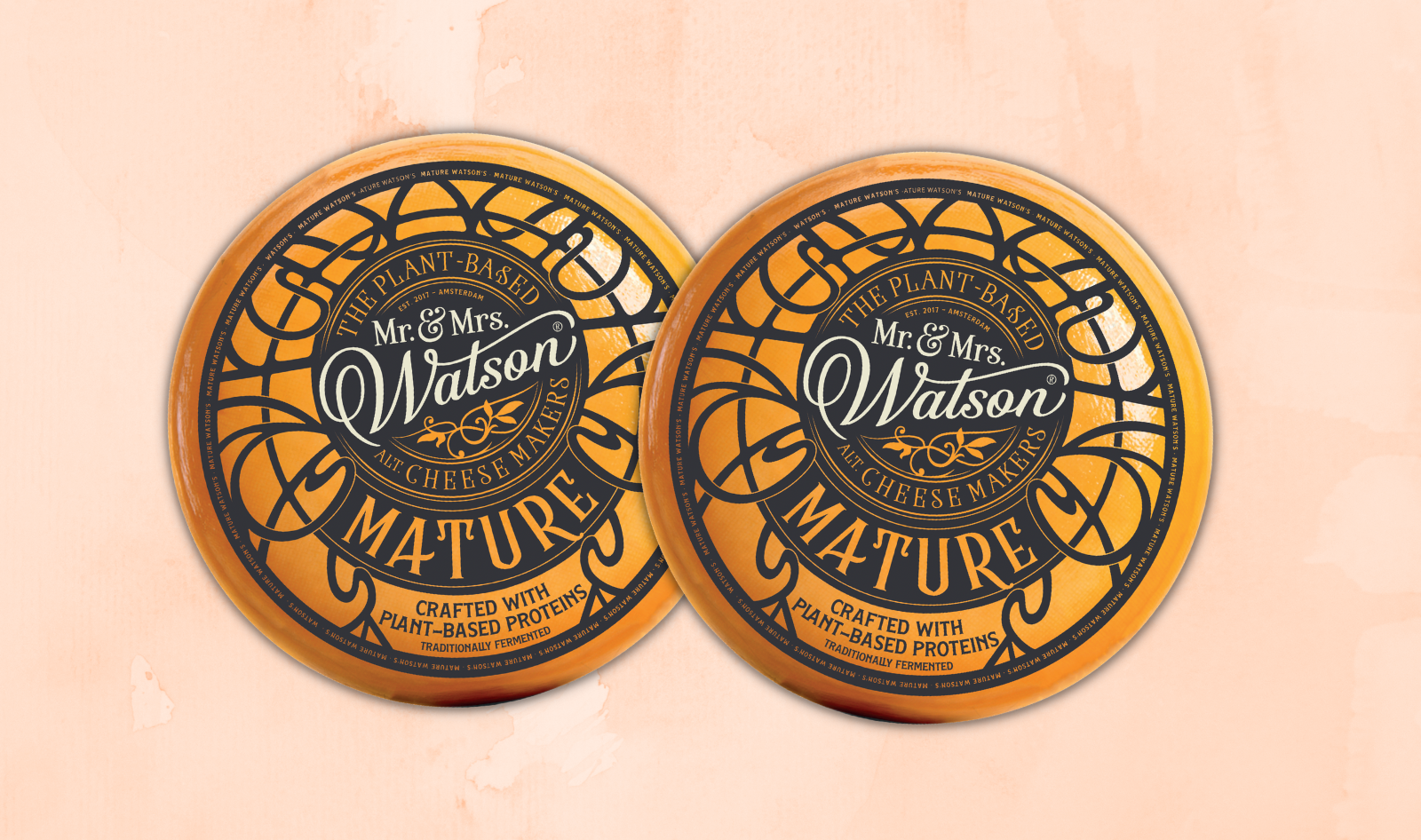 Mr. and Mrs. Watson
Mr. and Mrs. Watson
3 Mr. & Mrs. Watson’s Gouda Cheese
Amsterdam vegan cheese brand Mr & Mrs Watson started out as a vegan cheese restaurant but has since grown into a popular Dutch dairy-free brand. Its sought-after offerings include Camembert, Pepper Jack and Parmesan Vegano, all made with plant-based ingredients rather than dairy. And in May 2022, it announced it was adding a fermented Gouda-style cheese wheel, made with fava beans, to the mix.
Find out more
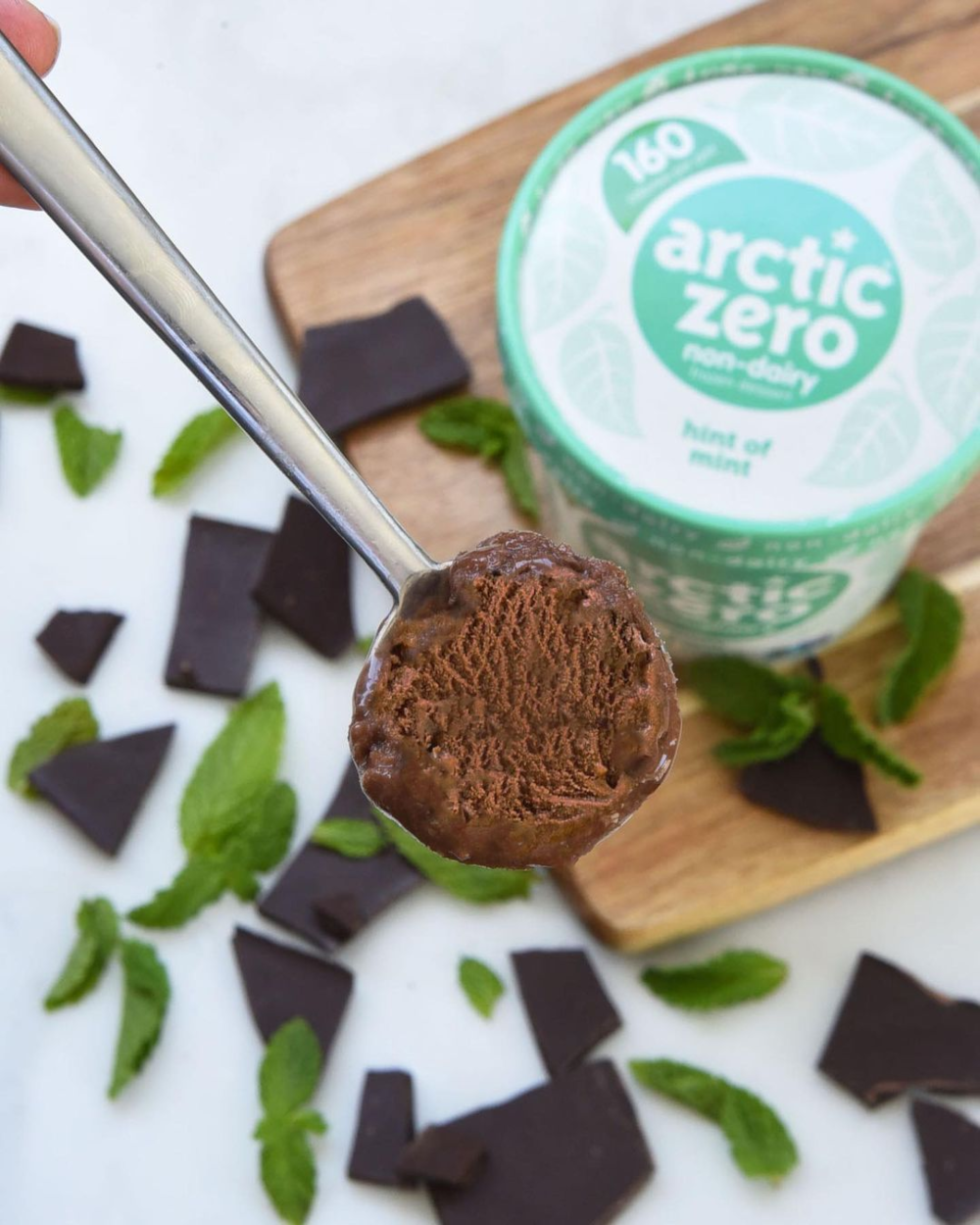 Arctic Zero
Arctic Zero
4 Arctic Zero Ice Cream
Like Halo Top, Arctic Zero has also discovered the value of adding fava beans to its non-dairy ice cream recipes. In fact, it is the first completely fava bean-based frozen dessert line on the market. All of its flavors, which can be purchased online from Ice Cream Source or Amazon Fresh, are vegan. These include Cake Batter, Hint of Mint, Cookie Shake, Pistachio and Classic Vanilla.
look at it
How to use fava beans
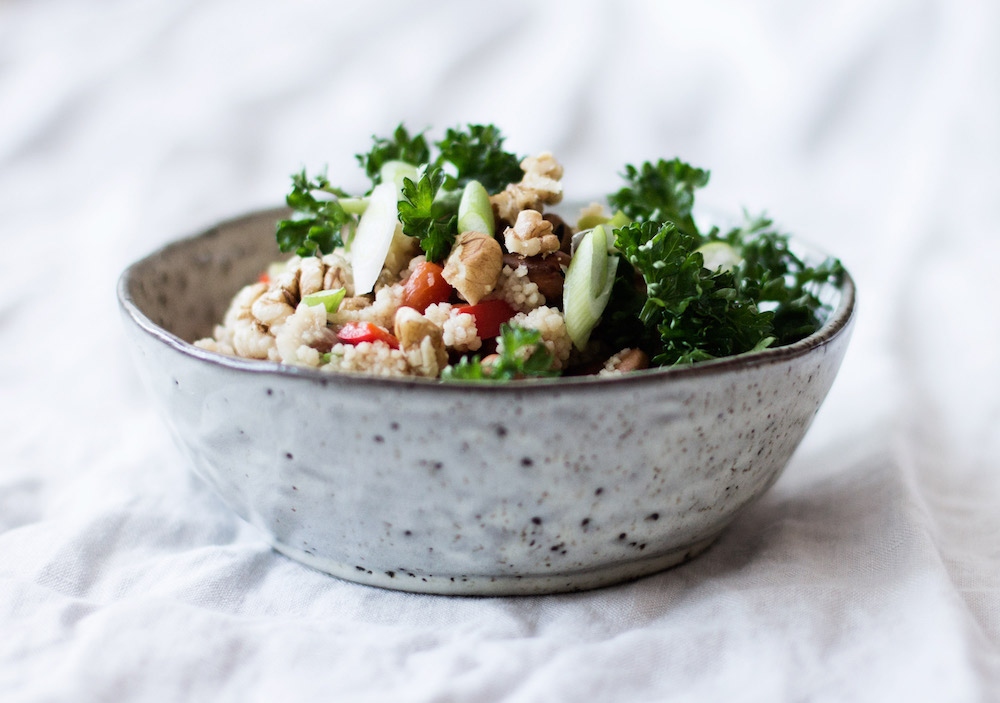
1 Moroccan Cauliflower “Couscous” Salad
In Morocco, beans are a culinary staple, and so is couscous, a form of semolina-based pasta. But you can make a very similar alternative to the latter with cauliflower, which is the basis of this quick, easy and delicious salad recipe. Add extra flavor with dried apricots, cayenne and orange dressing.
Get the recipe
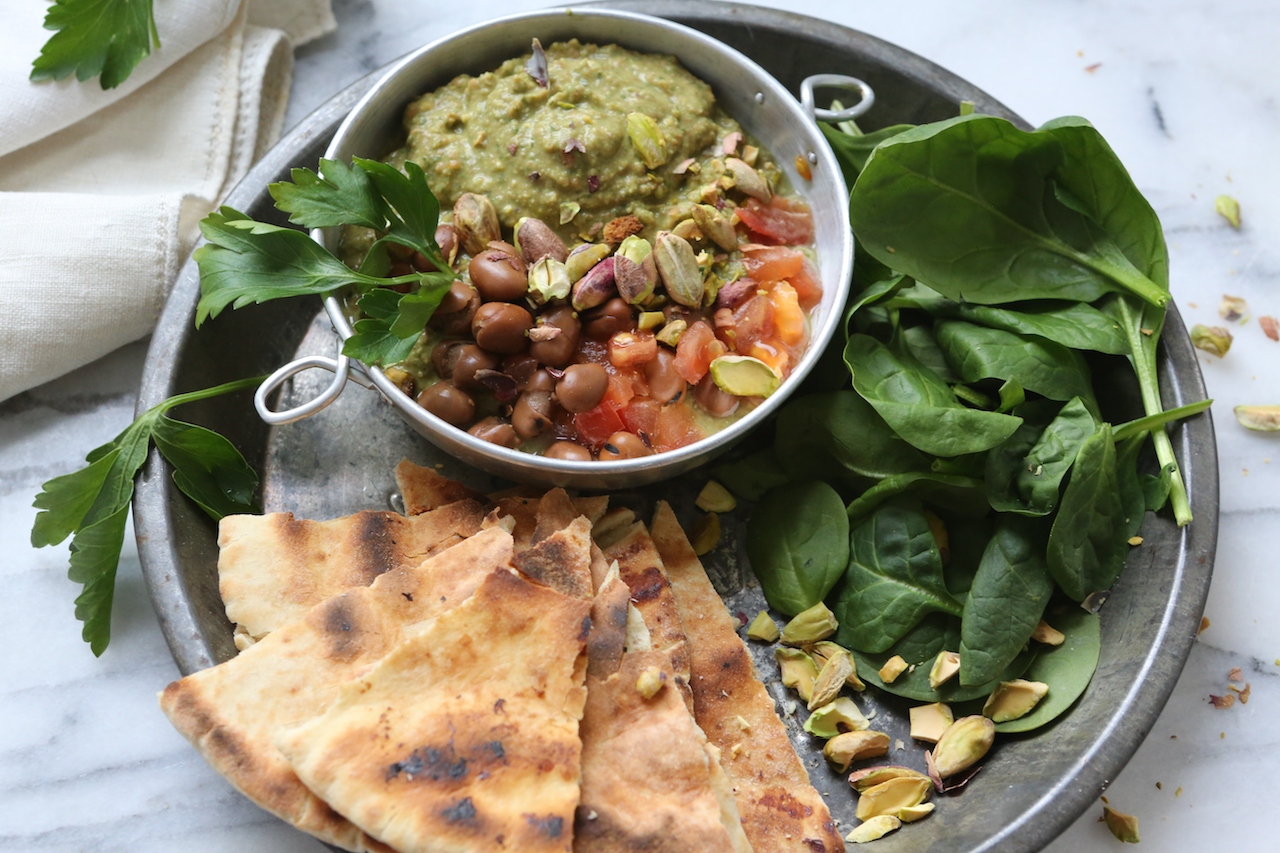
2 Fava-Pistachio Hummus
Another Middle Eastern classic, hummus is usually made with chickpeas. But you can also make a creamy, savory dip with fava beans. All you need to make this recipe is half a can of fava beans, as well as pistachios, garlic, cumin, parsley, and lemon juice. And, of course, you should always serve with plenty of pita.
Get the recipe
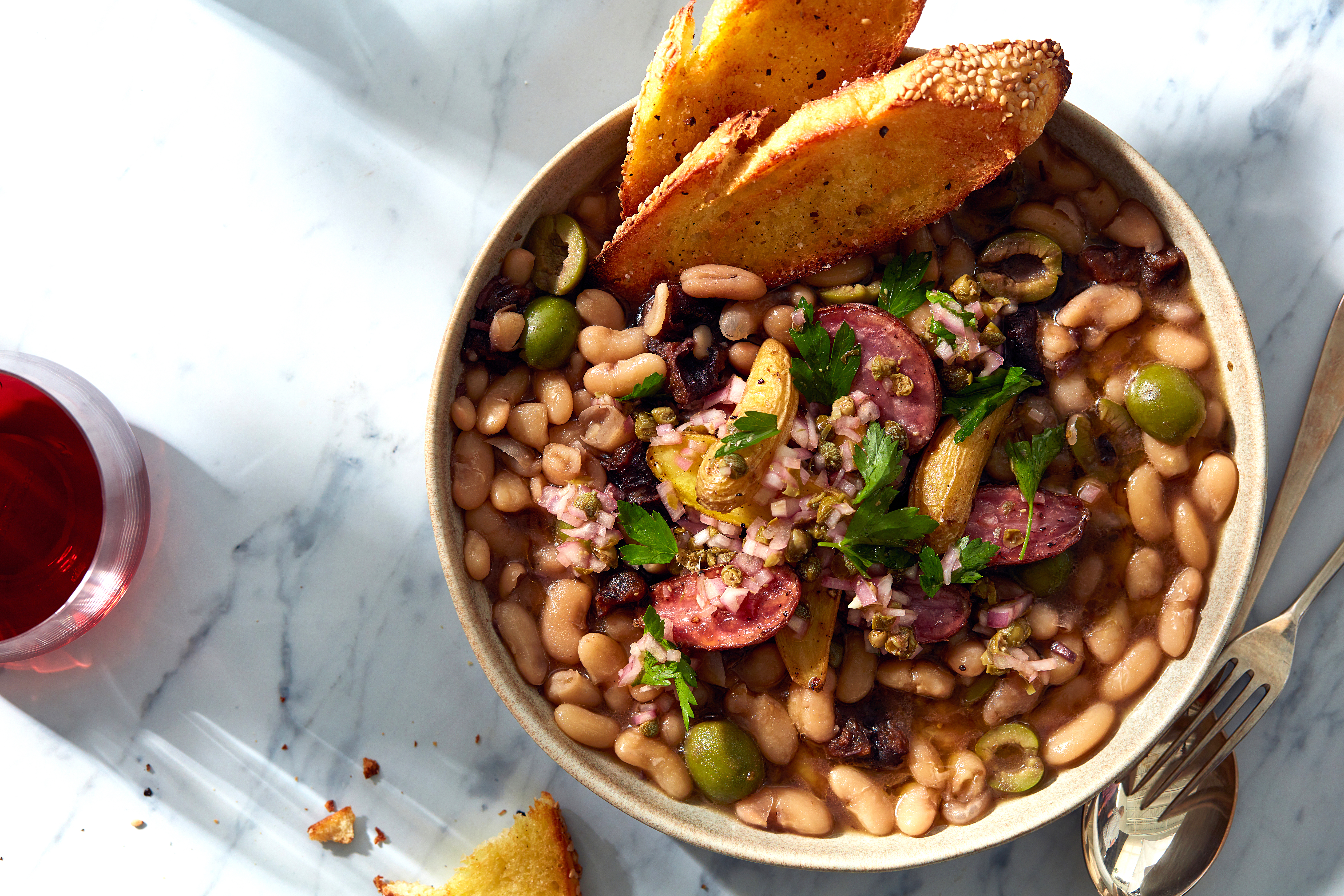 Tejal Rao and Alexa Weibel
Tejal Rao and Alexa Weibel
3 Bean marbella with salted roasted potatoes
It sounds Spanish (Marbella is a place in Spain, after all), but Chicken Marbella actually comes from Manhattan in New York City. It’s a popular Jewish-American dish, but you don’t need to eat meat to enjoy it. Meat subs for dry beans in this recipe. And when it calls for the likes of cannellini or great northern beans, fava will work too.
Get the recipe
 Sam Turnbull
Sam Turnbull
4 Pasta with sun-dried tomatoes
Transport yourself to the Tuscan countryside with this creamy pasta. This delicious recipe features sun-dried tomatoes (an Italian favorite), as well as spinach and white beans. While the latter usually refers to beans like cannellini and haricots verts, fava beans would work equally well in this recipe.
Get the recipe
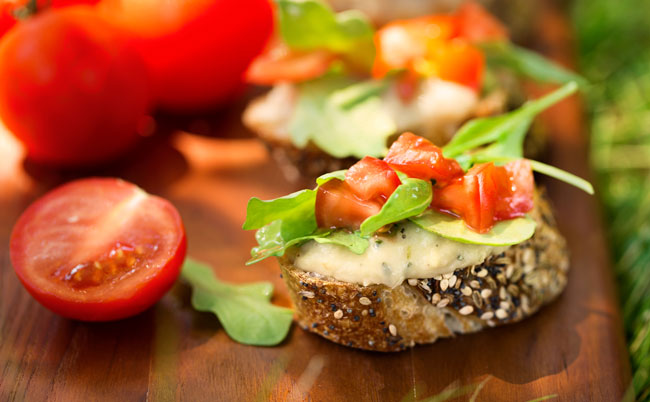 Hannah Kaminsky
Hannah Kaminsky
5 Bean Bruschetta
Bruschetta, another popular Italian dish, is great for a quick lunch, a snack, or an appetizer if you’re planning more than one course. It is usually served with tomatoes, fresh herbs and olive oil but is also delicious with a bean spread. Swap cannellini for fava to make this creamy topping, guaranteed to become your new go-to.
Get the recipe


